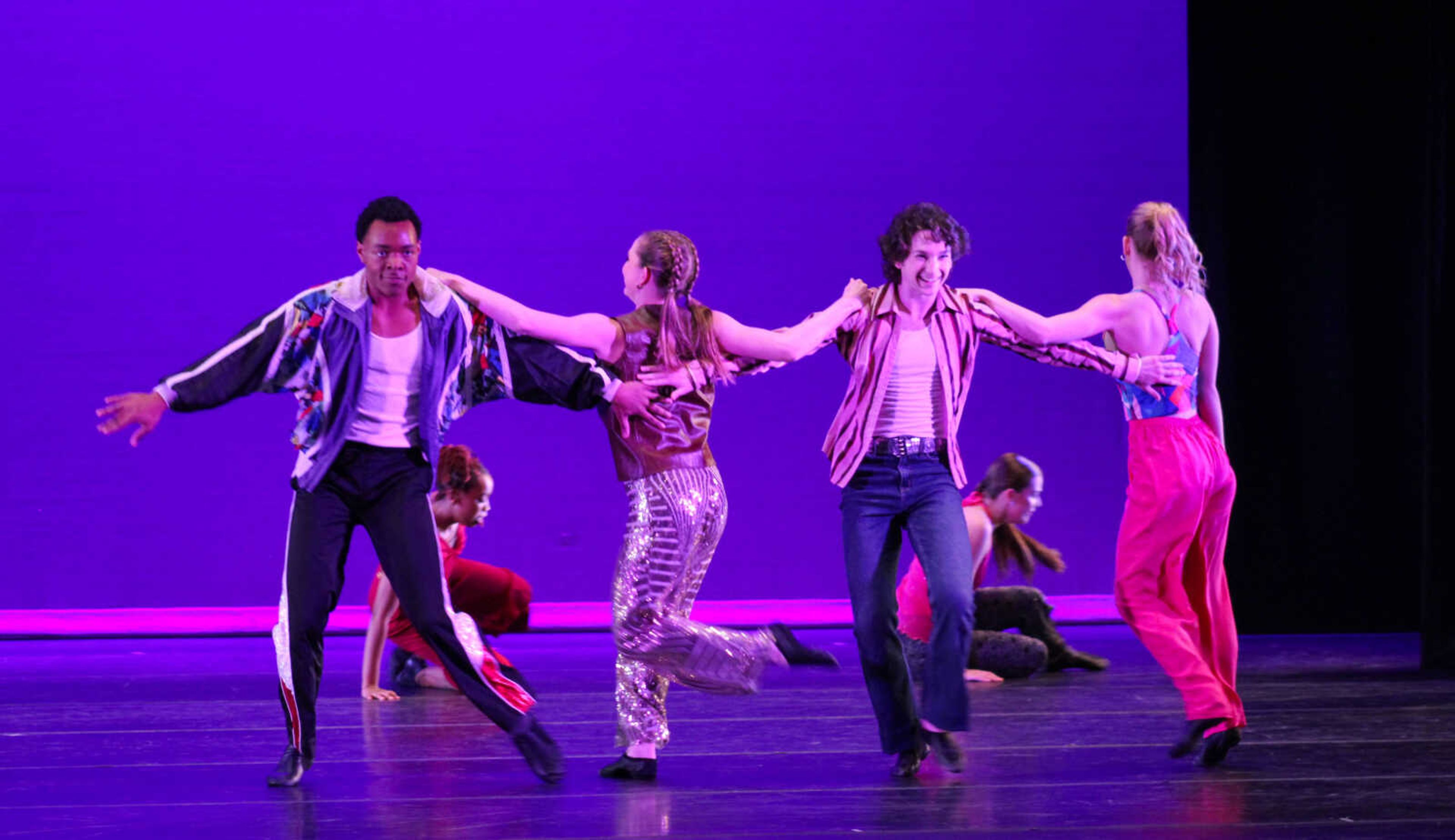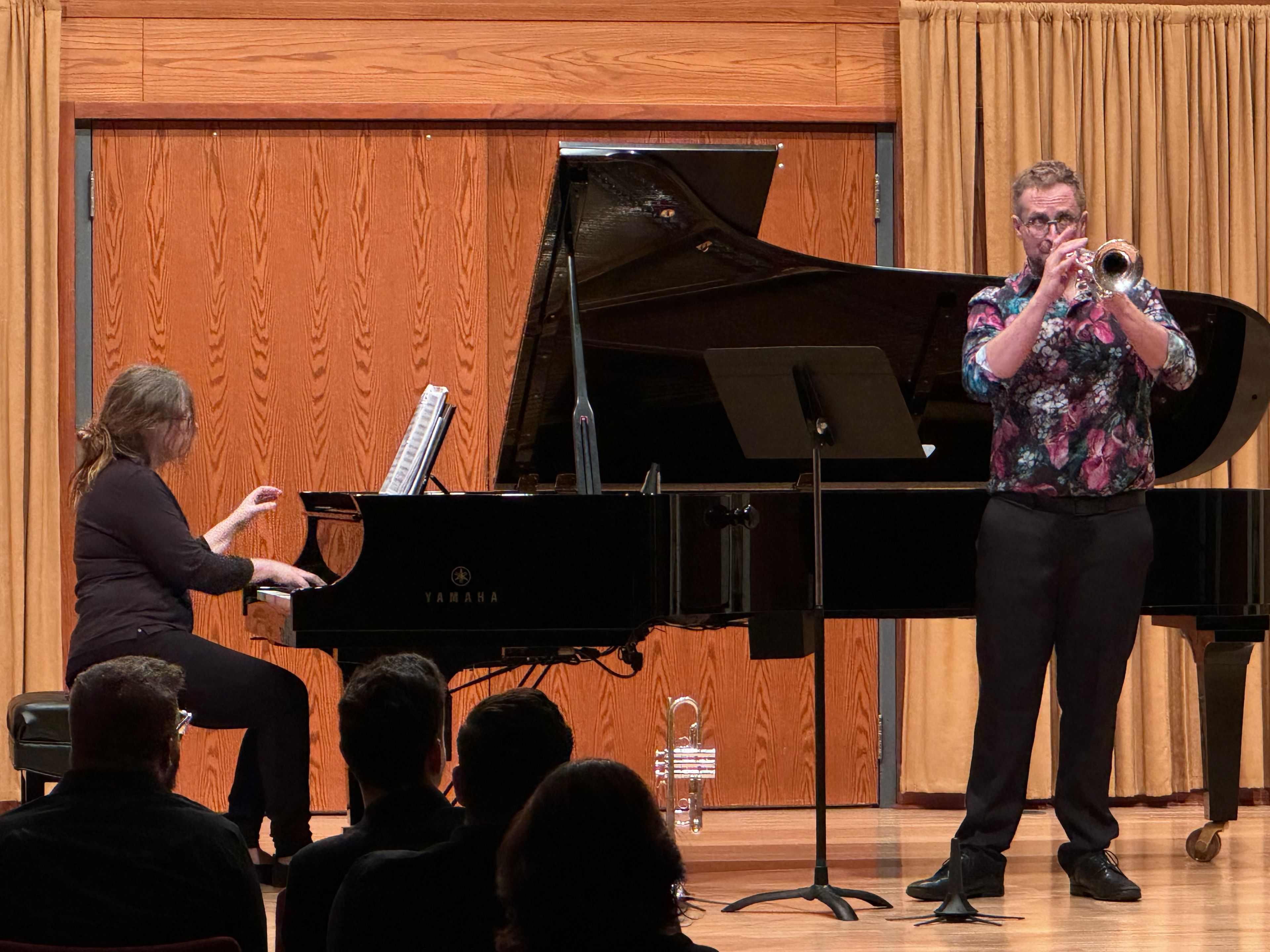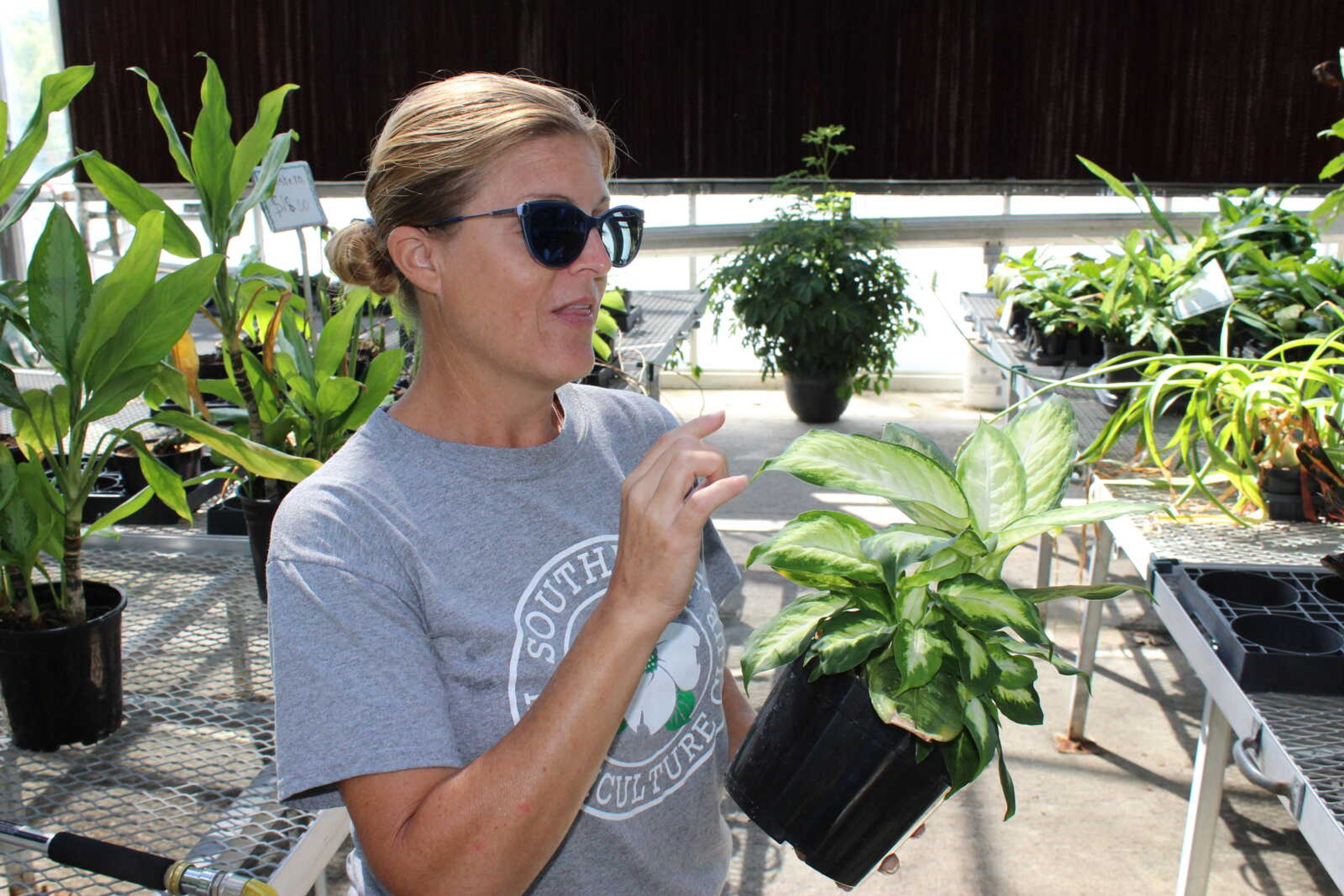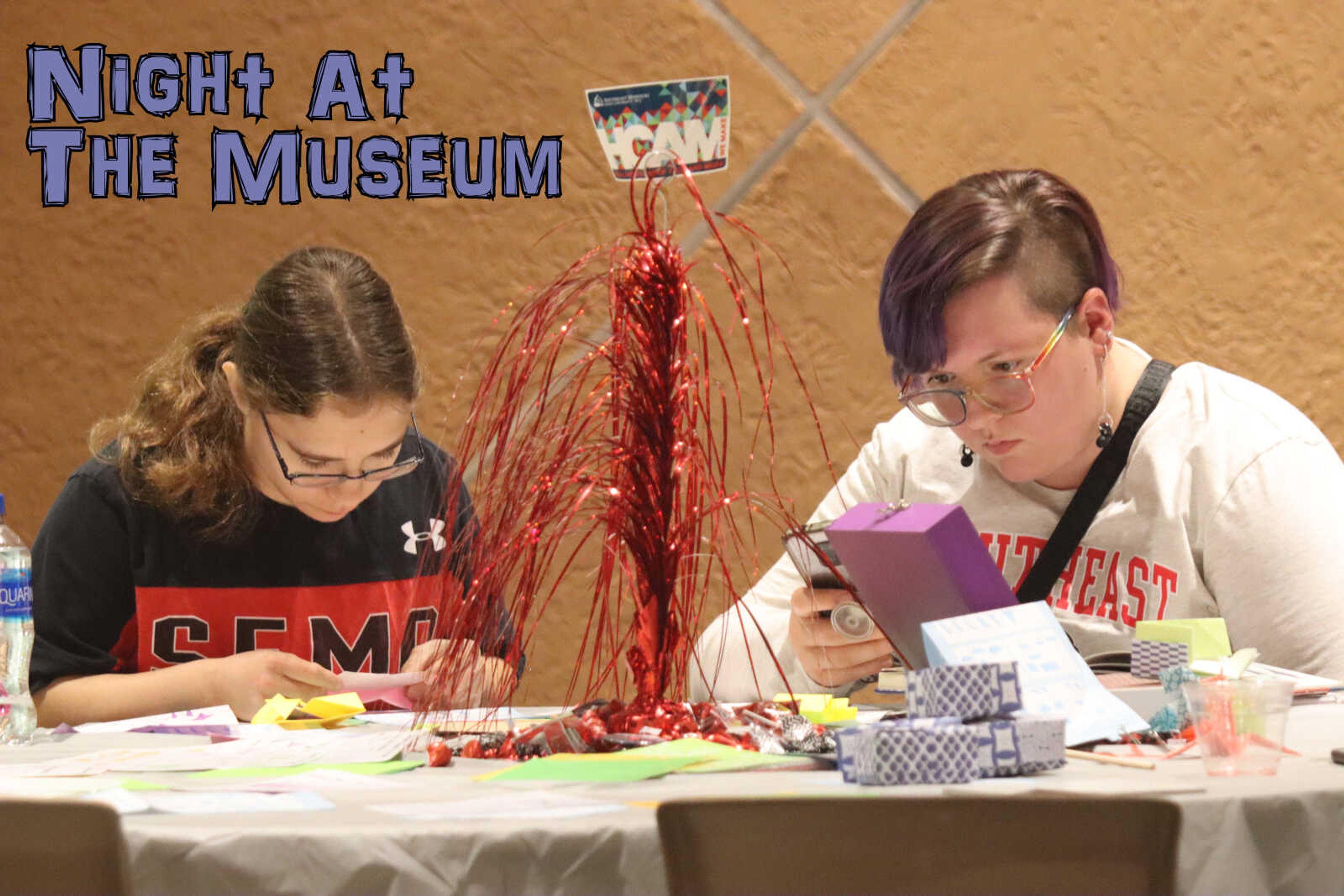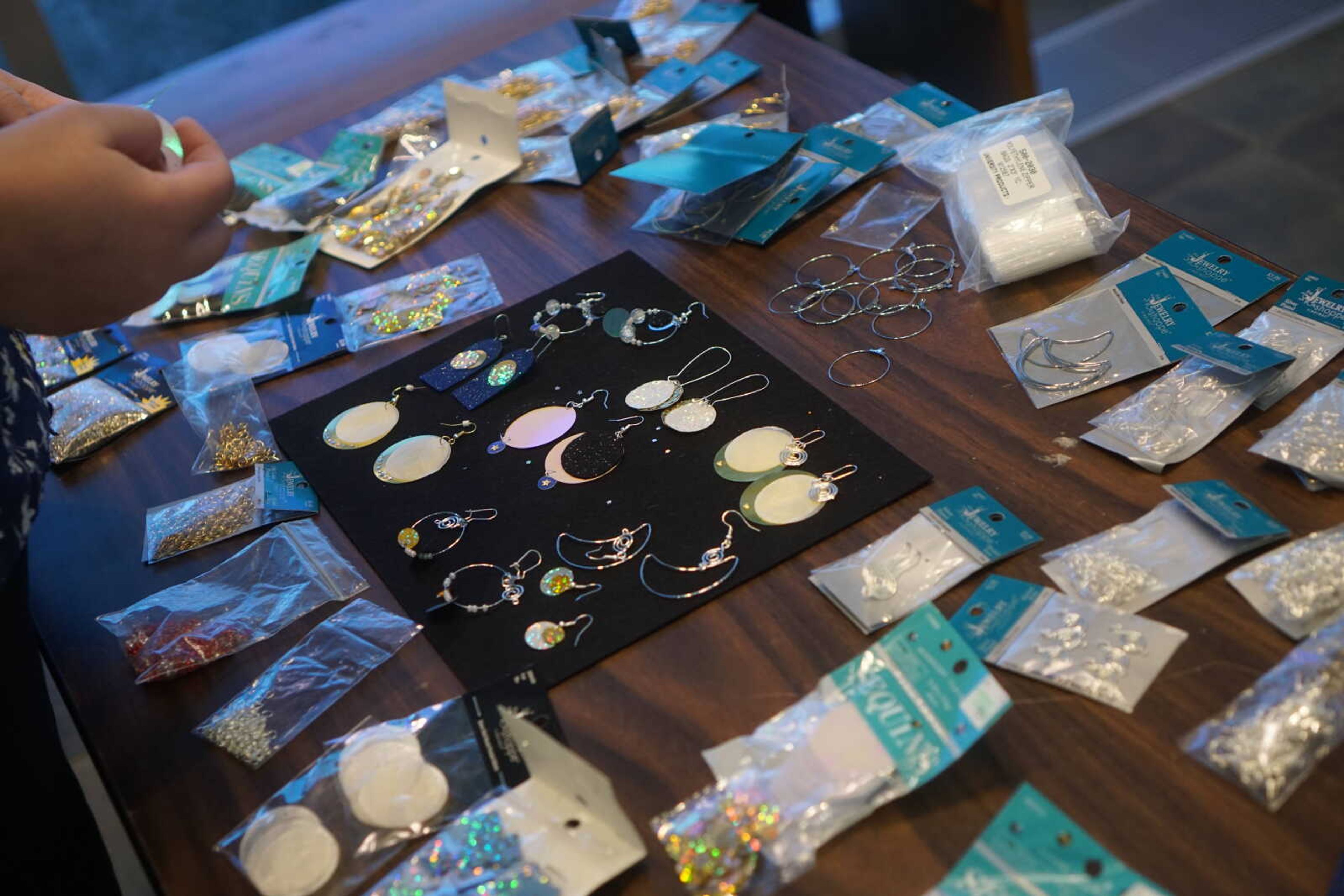Grant awarded to Southeast's Department of Art for $10,000
This summer the Southeast Missouri State University Department of Art received a $10,000 grant from the National Endowment for the Arts to expand its Art Reach program, a volunteer effort to bring art activities to underserved youth in the fall. The NEA, an independent agency of the federal government, awards grants to support the arts for the benefit of individuals and communities. ...
This summer the Southeast Missouri State University Department of Art received a $10,000 grant from the National Endowment for the Arts to expand its Art Reach program, a volunteer effort to bring art activities to underserved youth in the fall.
The NEA, an independent agency of the federal government, awards grants to support the arts for the benefit of individuals and communities. When Tameika Morris, a grant coordinator at Southeast, contacted Carol Horst, an art education instructor, about writing a grant proposal to receive NEA money, Horst jumped on the opportunity to expand the Art Reach program.
"For the last three years, my art education students and other education students and volunteers had been going down to The Bridge -- the little white church three blocks west of here -- and it's an outreach center for LaCroix Methodist Church," Horst said. "They have tutoring sessions after school and, on Wednesdays, we do Art Reach there. We have volunteers and art supplies and we have art activities for the children just in that area because they walk there, so it's all concentrated right there."
The idea of Art Reach came from Murielle Gaither, the executive director of the Arts Council of Southeast Missouri, who was a part of an Art Reach program during her undergrad at Vanderbilt University, according to Horst.
Art Reach has previously been hosted for six weeks in the fall and summer, averaging about 15 students each week between the ages of 6 and 12 years old. Horst asked for the NEA grant to expand Art Reach to a year-round program with more locations in order to reach different populations, she said.
Beginning in October, Art Reach will continue to be offered at the Bridge Outreach Center but will expand to the SEMO Alliance for Disability Independence Center, Jefferson elementary school and Cape Academy.
At the SADI Center, Art Reach volunteers will be working with children with autism in the GAPS (Giving Autistic Parents Support) program. At Cape Academy, volunteers will be working with children in the Community Counseling Center's Psychosocial Rehabilitation Youth program.
Horst said volunteers have been students with majors in art, art education, education and speech pathology, but anyone is welcome to participate.
"The education students and the art education students really like working with underserved populations and getting to develop relationships with them and be in their perspective and vice versa and helping us get those children to develop their literacy skills and their creative problem-solving skills all the while developing relationships through these open-ended creative art projects about themselves, like what's important to them, what's their favorite activity, what do they like about themselves or their community," Horst said.
In addition to volunteers, a teacher and student assistant have been hired for each location. The teachers will design the lesson plans while the student assistants will help get supplies, facilitate the activities and contact volunteers. Part of the grant budget will go to a small stipend for these two positions, Horst said.
"In the past, everybody's been completely volunteer the past few years, but this is kind of helping us with the precedence of if we can continue doing this without government funding in the future," Horst said. "We'll already have some lesson plans in place. We can have basic art supplies like scissors and the things that we can keep reusing, so we're trying to be really resourceful with this funding so that we can use like printing plates that we can reuse over and over again and things like that. When I ask teachers in the future if they can volunteer and maybe they might say, 'Well, yeah, I'd like to be there, but I don't have time to develop a curriculum,' we'll already have something in place for them that they can spring from if they like."
Senior Becky Hermann, an art education major and student assistant at Cape Academy, got involved with the Art Reach program last semester after Horst talked about it in her art education classes.
"This is just another way to get another chance to get out in the field and learn some more about teaching and connecting with students," Hermann said.
Hermann, who will be student teaching during the spring semester, is still deciding whether she will have enough time to be involved with Art Reach the entire year.
The rest of the $10,000 budget will go toward bussing for Jefferson elementary school, art supplies and 12 $100 scholarships for children who show a passion for art during Art Reach to attend Art Academy. Art Academy takes place during the summer and provides a variety of art classes taught by master art instructors and professors.
While Art Reach may be helping children in the Cape Girardeau area, the experience the student assistants and volunteers will be gaining is worth much more.
"I think it's a really good opportunity for them to have contact with special populations and develop relationships with them so they have a greater understanding of those children with special needs or in special circumstances, and I think it helps them become more compassionate," Horst said. "You know sometimes we tend to stereotype and to have this bias as to what a person is, but in reality until we really walk in their shoes we don't know what their perspective is. This kind of experience really helps break down those stereotypes and biases and get to know people on an individual basis and to be really understanding and to become a better speech pathologist or a better teacher or whatever walk of life it is, just to be able to look at a person for who they are instead of kind of a generalized stereotype about them."
If interested in volunteering, students can email Horst at chorst@semo.edu for more information or to sign up.
